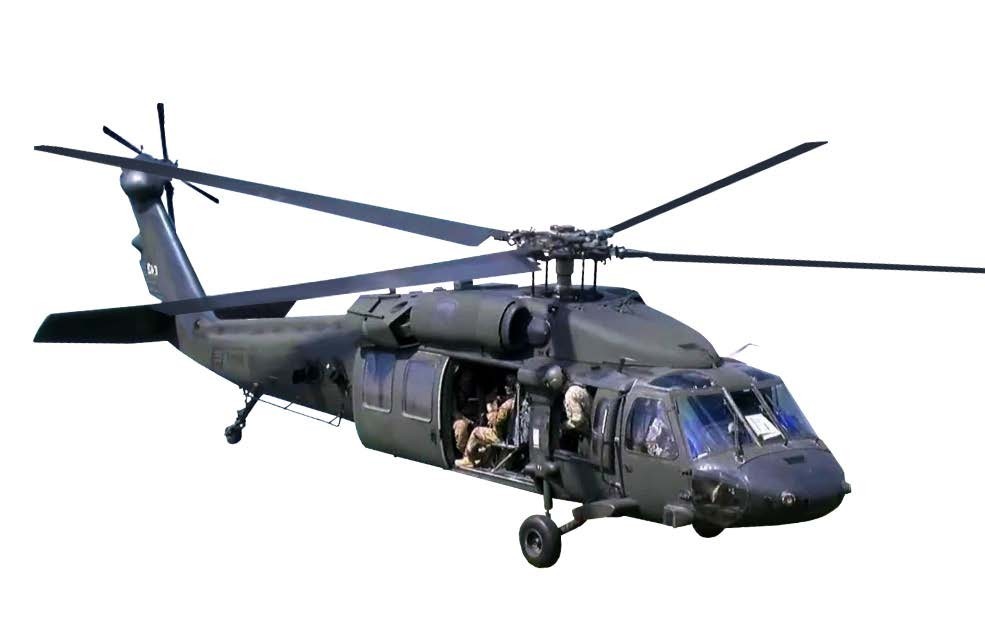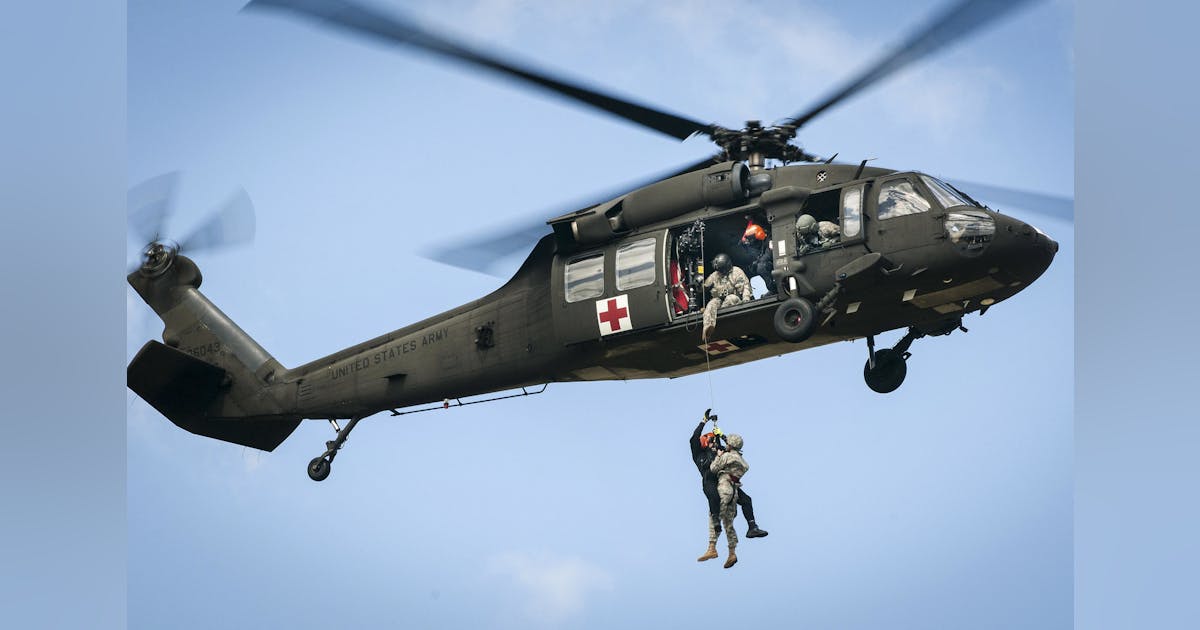UH 60 Technical Specifications and Efficiency Testimonial
UH 60 Technical Specifications and Efficiency Testimonial
Blog Article
Checking Out the Cutting-edge Technology Behind Airplane Design and Engineering
The field of aircraft design and design is observing a transformative change driven by cutting-edge innovations that boost efficiency, efficiency, and sustainability. As the market grapples with the obstacles of environmental responsibility, advancements in lasting air travel technologies assure to reshape the future.
Advanced Products in Aircraft Design
How can the assimilation of sophisticated materials transform airplane layout? The consolidation of advanced materials, such as carbon fiber compounds, titanium alloys, and advanced ceramics, plays a crucial function in enhancing airplane performance and performance. These products supply exceptional strength-to-weight proportions, allowing producers to lower overall airplane weight without compromising architectural integrity. This decrease in weight straight contributes to boosted gas efficiency and increased haul capacity.
Furthermore, sophisticated products show improved resistance to deterioration and exhaustion, causing reduced maintenance costs and extended life span. The usage of titanium in critical components helps endure extreme temperatures and tensions, while carbon fiber composites offer versatility in style and manufacturing processes. This versatility enables more wind resistant shapes, contributing to remarkable efficiency features.
Moreover, the combination of wise materials, which can alter homes in action to outside stimuli, opens new opportunities for flexible systems in airplane style. uh 60. These advancements guarantee not only to improve security and operational efficiency yet additionally to add to sustainability efforts by minimizing ecological influence via minimized emissions. In recap, advanced materials are redefining the landscape of airplane style, leading the way for a lot more efficient, resilient, and eco friendly aeronautics solutions
Wind Resistant Advancements for Performance
Wind resistant developments play a pivotal duty in improving aircraft effectiveness, significantly affecting gas usage and general performance. Breakthroughs in airfoil style, such as the intro of supercritical wings, enable enhanced lift-to-drag ratios, minimizing drag at transonic rates. These advancements allow aircraft to keep greater speeds with reduced gas expenditure, straight impacting functional costs and environmental sustainability.
Additionally, the integration of winglets has verified reliable in mitigating vortex-induced drag at the ideas of wings, better enhancing fuel efficiency - uh 60. This style modification leads to a decrease in wake disturbance, adding to improved aerodynamic efficiency throughout cruise ship problems

Additionally, computational fluid dynamics (CFD) devices have revolutionized the screening and refinement of aerodynamic shapes, permitting accurate simulations of air flow around airplane (uh 60). This makes it possible for designers to introduce continually, ensuring that modern airplane not just satisfy regulative standards but additionally push the borders of efficiency in aeronautics

Duty of Computer System Simulations
Computer simulations have actually come to be a crucial tool in the area of airplane design, enabling engineers to carry out in-depth evaluations and optimizations of numerous layout aspects. These simulations enable the digital testing of aerodynamic properties, structural stability, and efficiency metrics long prior to physical models are constructed. By using computational liquid characteristics (CFD) and finite aspect evaluation (FEA), designers can predict how air streams around the airplane and just how different materials will certainly reply to tension and stress.
In addition, computer simulations help with the exploration of a large array of variables and scenarios, increasing the layout procedure and lowering expenses connected with physical testing. This capability not just boosts the accuracy of predictions relating to airplane habits however also offers understandings right into prospective style enhancements that may not be quickly noticeable via typical methods.

Furthermore, simulations assist ensure compliance with rigid security regulations by allowing engineers to recognize and fix possible problems early in the style phase. The assimilation of simulation technologies into the aircraft design procedure emphasizes the substantial advancements in design practices, eventually contributing to the advancement of safer, a lot more efficient, and eco-friendly airplane.
Expert System in Engineering
Expert system (AI) is transforming the design landscape, especially in airplane layout, by maximizing and enhancing decision-making procedures design operations. Via maker understanding formulas, AI can assess huge datasets, uncovering patterns and understandings that notify layout selections and improve general efficiency.
AI applications in aircraft style include generative design, where formulas produce several design alternatives based on defined criteria, allowing designers to review a broader series of possibilities. This not just accelerates the design stage yet additionally ensures that the end products fulfill rigorous performance and safety standards.
Furthermore, AI-driven anticipating analytics assist in upkeep scheduling by examining historical information and predicting potential failings. This positive method decreases downtime and boosts aircraft integrity.
Additionally, AI aids in simulation and modeling, enabling designers to examine designs under various conditions without the need for physical prototypes. This capability reduces development timelines and reduces prices connected with standard testing techniques.
Lasting Aeronautics Technologies
The answer exists in the fostering of sustainable air travel technologies that focus Extra resources on effectiveness and decrease carbon emissions. Innovations such as lasting air travel gas (SAFs), which are derived from sustainable sources, have emerged as an essential component in achieving lower lifecycle emissions.
Moreover, innovations in airplane style, such as the advancement of lighter materials and more aerodynamically reliable forms, add to improved gas efficiency. Electric and hybrid propulsion systems are also getting grip, supplying a path to lower dependence on nonrenewable fuel sources and reduce greenhouse gas emissions.
The integration of these technologies is supported by regulatory structures and industry cooperations focused on establishing enthusiastic sustainability targets. Furthermore, electronic tools like information analytics and expert system can maximize trip operations, better improving fuel performance. By embracing lasting practices and modern technologies, the air travel sector can not only fulfill More Bonuses the growing need for flight but also play a crucial duty in addressing climate modification, making sure an extra sustainable future for air transportation.
Conclusion
The merging of innovative materials, aerodynamic developments, and sophisticated innovations notes a significant evolution in airplane design and engineering. The combination of carbon fiber compounds, titanium alloys, and AI-driven processes not just boosts performance and effectiveness however also improves workflows and anticipating maintenance. The ongoing advancement of sustainable air travel modern technologies highlights a dedication to environmental duty, paving the means for a greener future in air travel. This continual development will certainly form the market's trajectory for years to come.

Computer system simulations have actually ended special info up being an indispensable tool in the field of airplane layout, making it possible for engineers to carry out comprehensive evaluations and optimizations of numerous layout elements.The convergence of sophisticated products, wind resistant innovations, and advanced innovations marks a considerable development in aircraft design and engineering.
Report this page